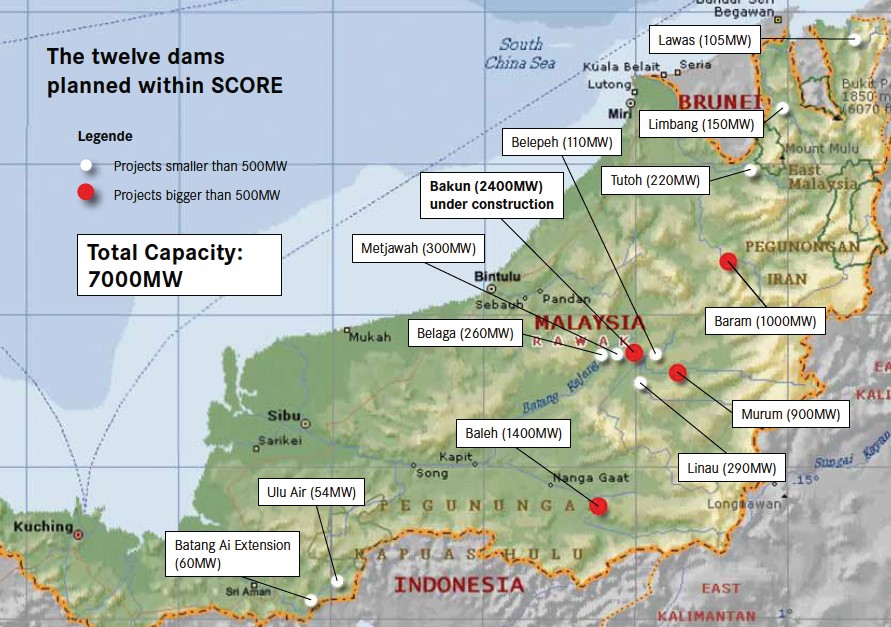New study explains how river modification projects reduce biodiversity
By Emmanuel Barraud / Ecole Polytechnique Federale de Lausanne To alter natural waterways is to take a serious risk of endangering species living on the entire length of a river. In a joint project, scientists from EPFL, EAWAG and Princeton University have modeled the flow of organisms living along river networks. Their research will be published this week in the journal PNAS. Rivers and riverbanks are worlds in themselves; they are teeming with a rich and varied diversity of plant and animal life. But humans are constantly modifying this environment. Enormous projects such as canals, drainage, dams, diversions, and vegetation introduction have been undertaken to reclaim land and divert or obtain access to water. ...
